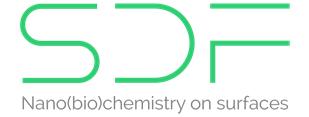
Chirality-induced spin selectivity
Proud to see this collaborative work, supported by the Horizon Europe MSCA DN "Cisse" network and FWO, published in JACS!

How DNA origami adsorb...
Finally revealed in Angewandte Chemie Int. Ed. how to control the adsorption symmetry of DNA origami just by adjusting the salt concentration
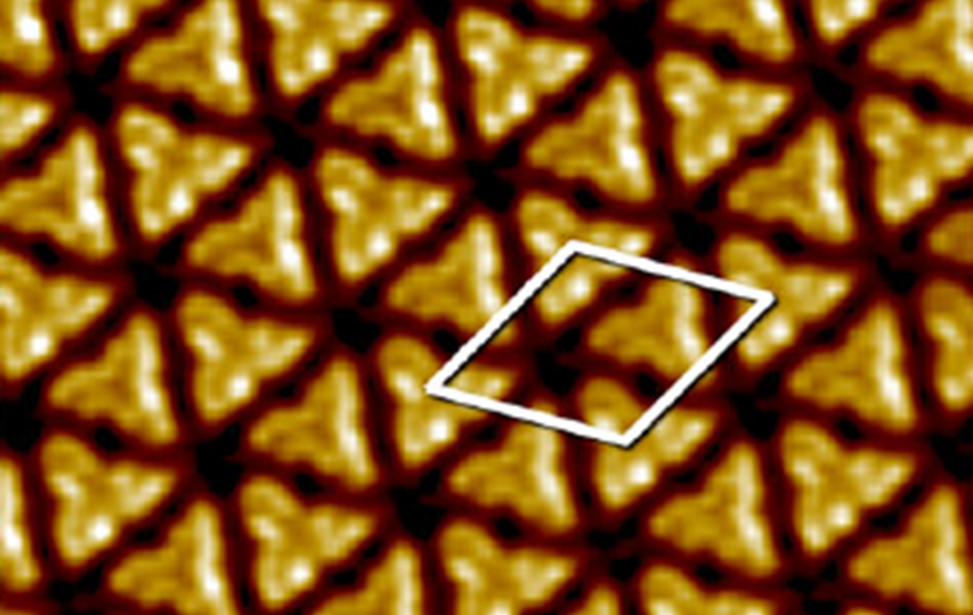
Electric field mediated polymerization...
While the nucleation of two-dimensional polymer domains is not initiated by the applied electric field, their depolymerization and subsequent desorption, are a consequence of the change in the polarity of the substrate bias within the area scanned by the STM tip.
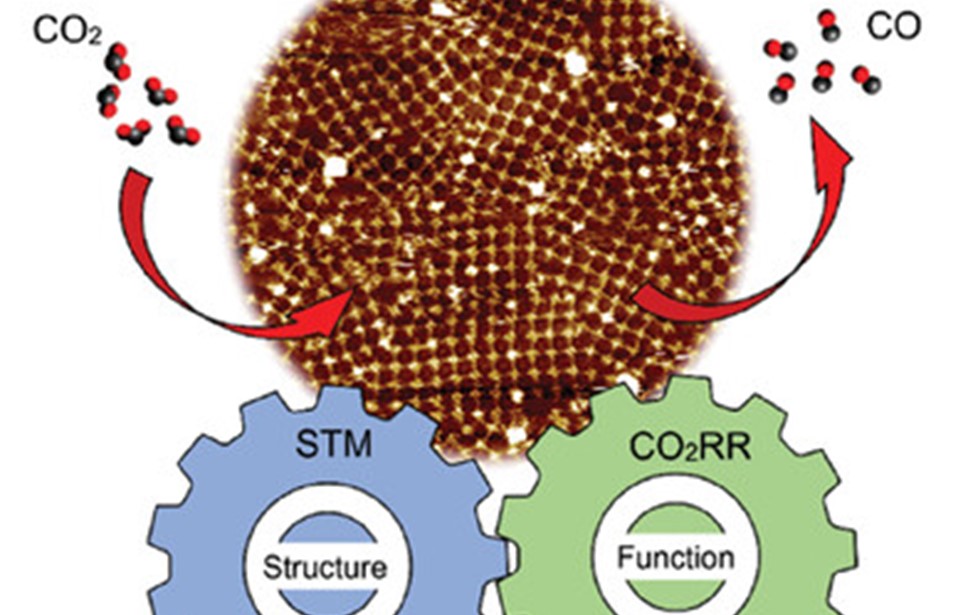
2D covalent organic framework targeting CO2 reduction
A collaborative effort! A rapid method is demonstrated for creating porphyrin-containing single-layered 2D-covalent organic frameworks (s2D-COFs) on a graphite surface. The s2D-COF films, characterized with molecular precision using scanning tunneling microscopy (STM), are used as a cathode for electrochemical CO2 reduction.

Molecular switches on surfaces
Glad to see this collaborative effort on the design and self-assembly of molecular switches on surfaces published.

Nanoscale chemical patterning: killing two birds with one stone
- 2023 Sep 20
- publications , self-assembly , grafting , templating
- Publications
See our recent publication in Nanoscale on nanopatterning graphite at two different length scales in one step
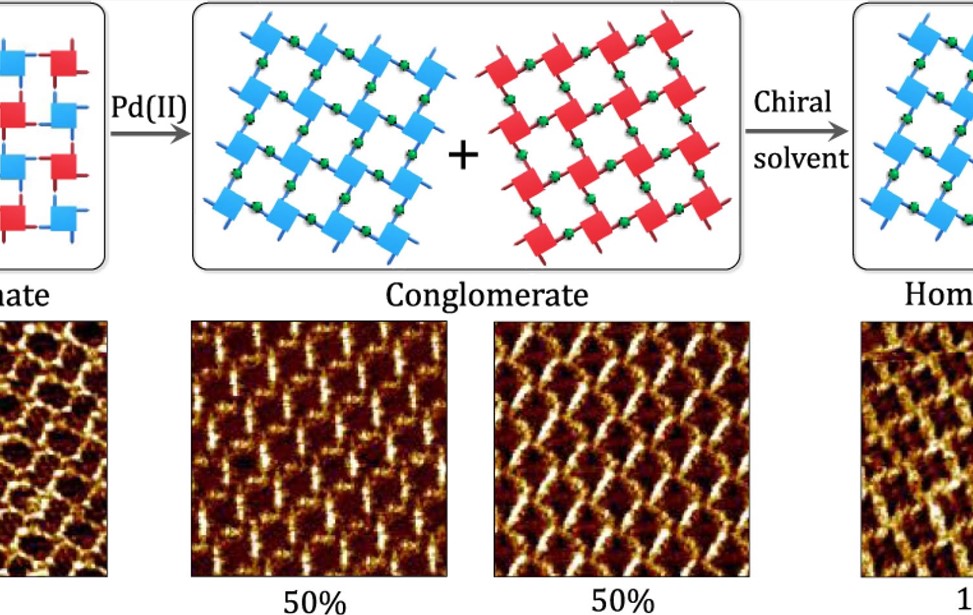
Metal Ion and Guest-Mediated Spontaneous Resolution
- 2023 Sep 20
- publications , self-assembly
- Publications
Enjoy our paper published in J. Am. Chem. Soc. on "Metal Ion and Guest-Mediated Spontaneous Resolution and Solvent-Induced Chiral Symmetry Breaking in Guanine-Based Metallosupramolecular Networks"
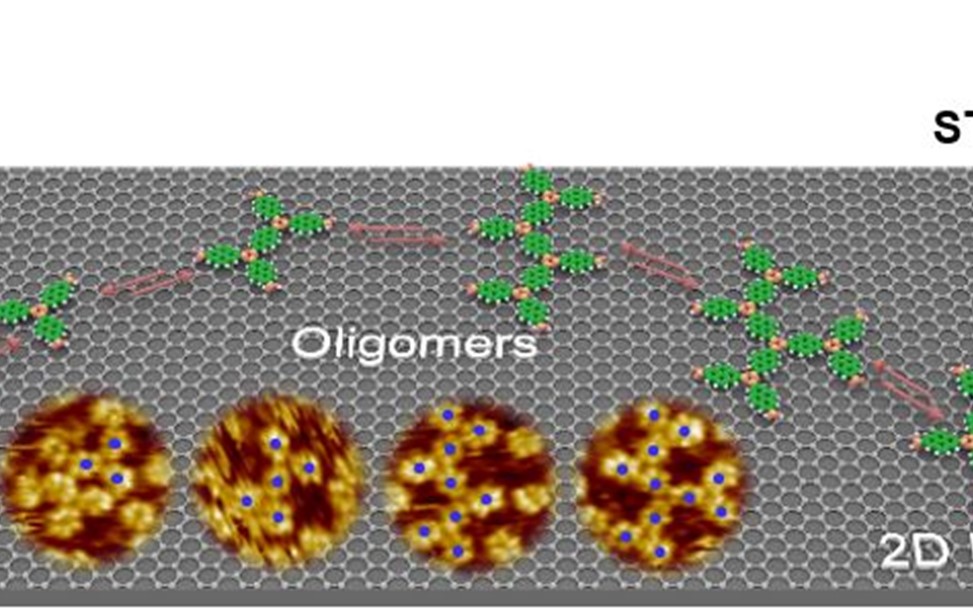
Published in Nature
We used scanning tunnelling microscopy to follow in real-time, as bonds form and break, molecule by molecule, the birth and growth of 2D dynamic covalent polymers on a solid support immersed in a reactive solution.
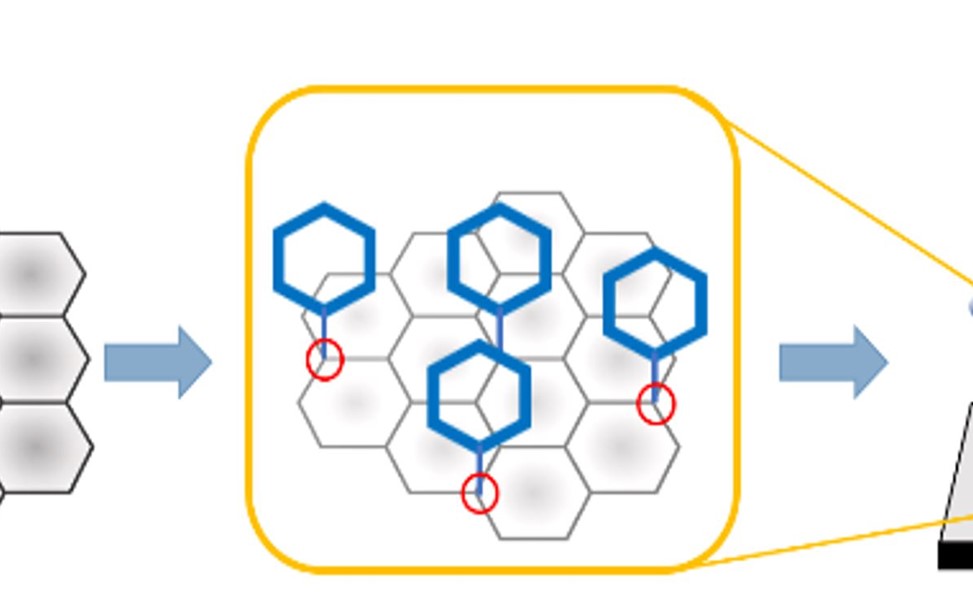
Sensing ammonia
We reveal the superior sensing capability of covalently modified graphene layers for ammonia detection
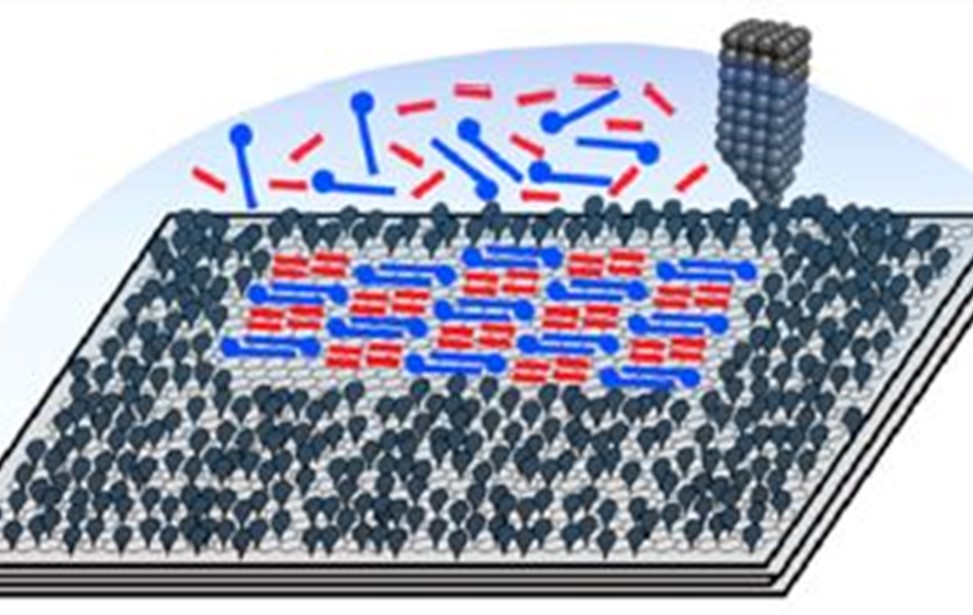
Polymorph detection
We report on the detection and stabilization of a previously unknown two-dimensional (2D) pseudopolymorph.
